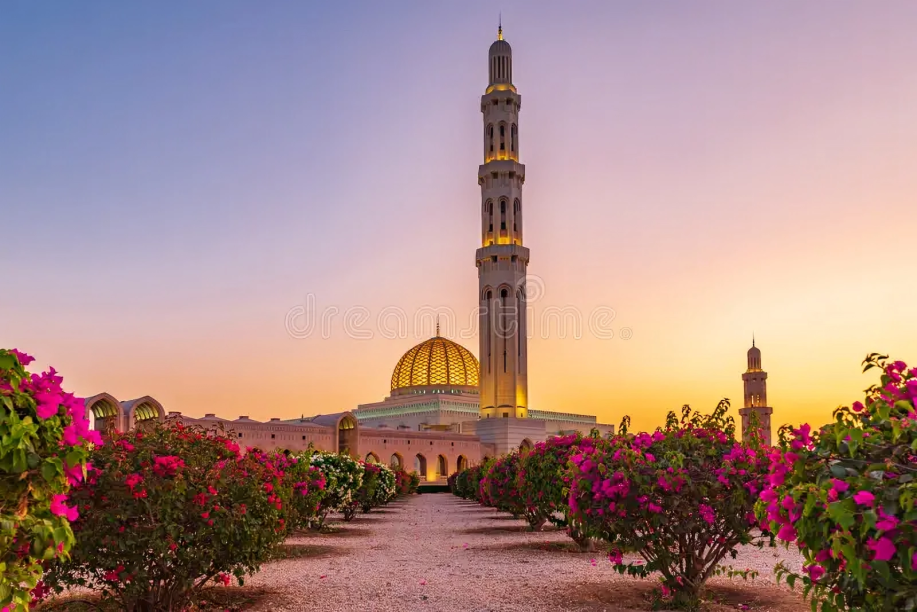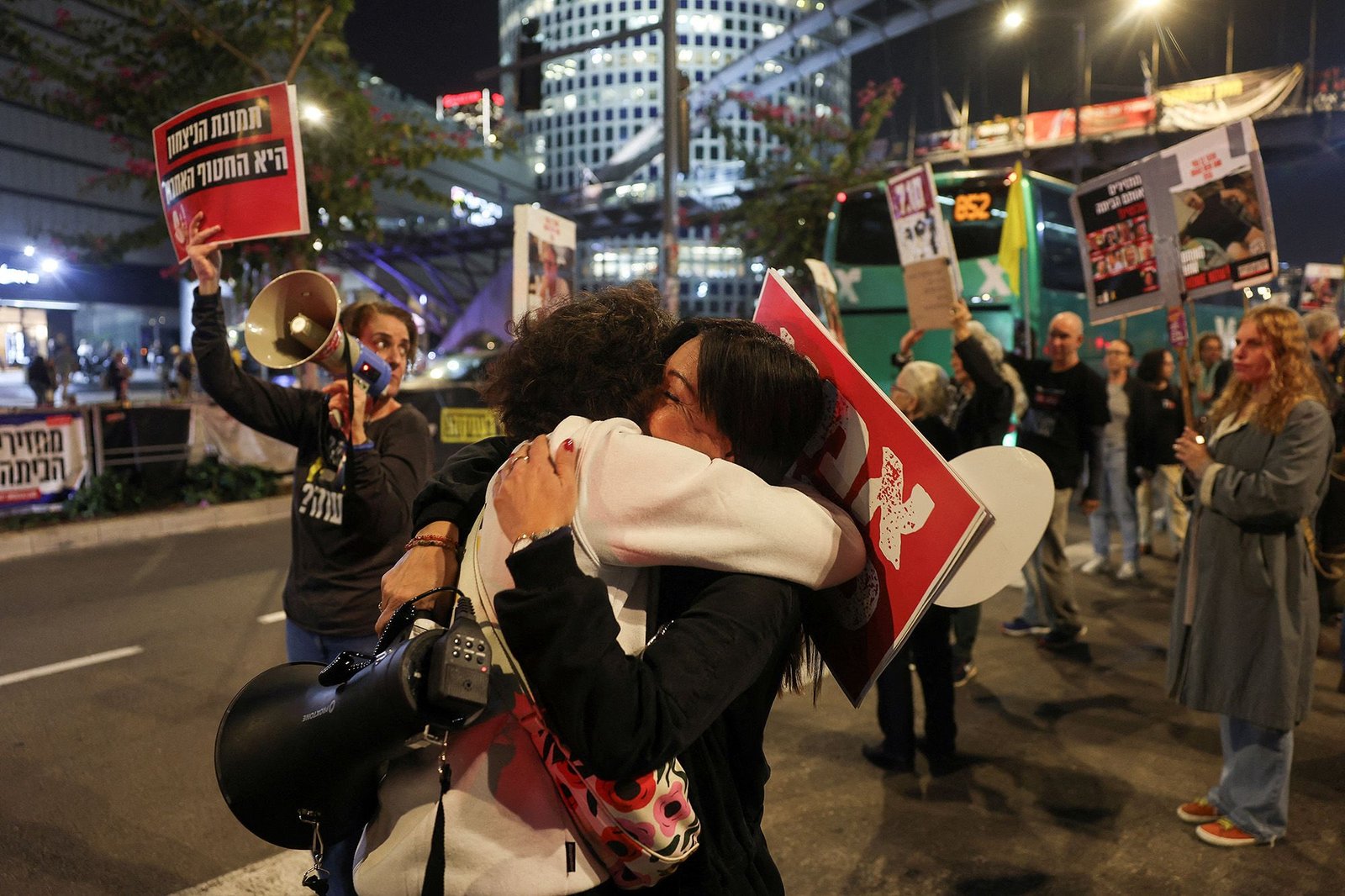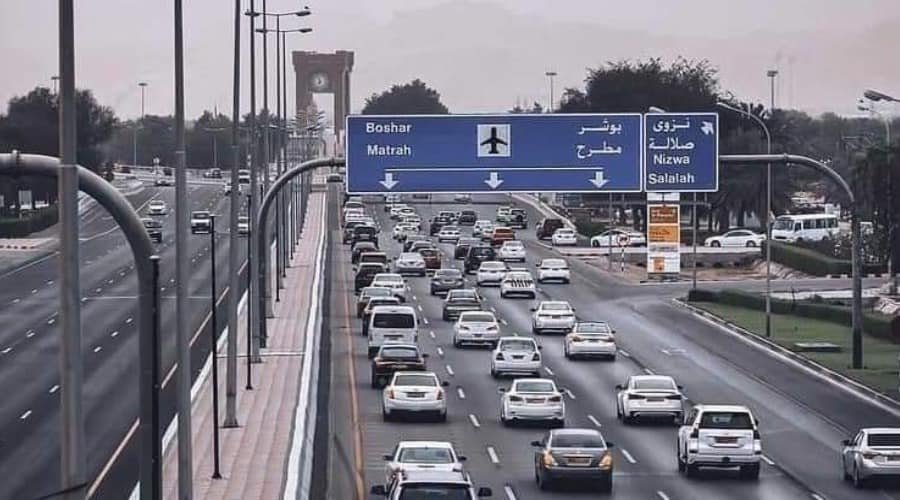MUSCAT: In many parts of Oman, street names are not commonly used, and navigation relies heavily on landmarks and verbal directions. Instead of addresses based on numbered streets or roads, people typically describe locations using well-known points of reference such as “next to the big mosque” or “after the petrol station.” This traditional system reflects the country’s historical and cultural context, where communities were smaller and easier to navigate without formal street naming. It also highlights the importance of landmarks in everyday communication and local orientation.
This practice can be challenging for visitors, delivery services, and emergency responders who are accustomed to conventional addressing systems. To mitigate this, many Omanis use descriptive language and personal knowledge to guide others. Mobile technology and GPS systems have also adapted to these local customs by incorporating landmarks into digital maps and navigation apps, helping bridge the gap between traditional and modern methods of wayfinding. However, the lack of formal street names remains a unique feature of Omani urban and rural geography.
Efforts to introduce formal street naming and numbering have been underway in some urban areas to improve logistics, mail delivery, and emergency services. These initiatives aim to modernize the addressing system while respecting Omani culture and communication styles. In new developments and commercial districts, street names and numbered addresses are more common, reflecting the growing demand for standardized navigation in an increasingly connected world. The government continues to balance modernization with cultural identity as it expands these efforts.
Despite the absence of street names in many places, Oman’s reliance on landmarks fosters a strong sense of community and local knowledge. People often remember directions based on natural features, buildings, or businesses, creating a personalized map of their surroundings. This system encourages interaction and oral communication, strengthening social bonds and preserving a unique aspect of Oman’s heritage. It also serves as a reminder of the country’s evolving relationship between tradition and modernity in its urban planning and daily life.



